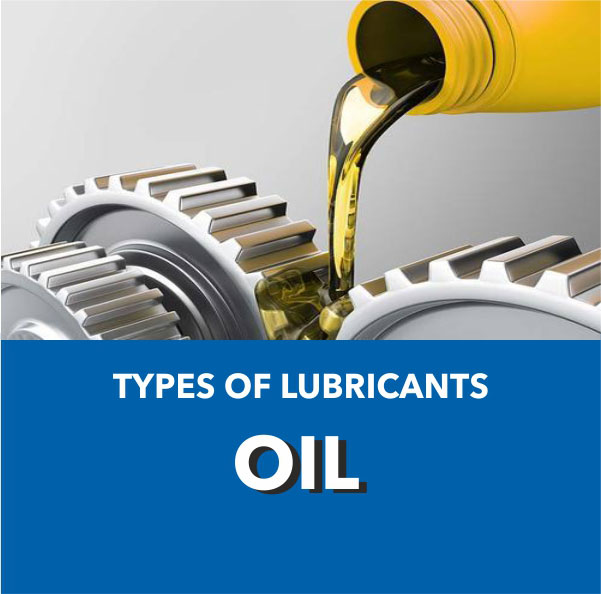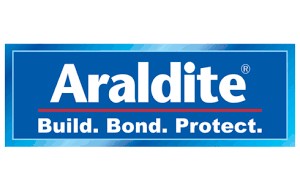Oils
Oils dissipate heat well from the lubricating point. In addition they have a notedly good creep and wetting behaviour. Oil lubrication is therefore often used at high temperatures or high speeds. Typical fields of application are gears, chains, friction bearings, hydraulic systems and compressors.
|
Characteristics
|
Standard
|
Description
|
|
Viscosity
|
DIN 51561
|
Measure for the inner friction of liquids
|
|
ISO VG
|
DIN 51519
|
Assignment of oils into viscosity classes
|
|
Operating temperature
|
|
Temperature range of the optimal performance
|
|
Flashing point
|
DIN ISO 2592
|
Lowest temperature at which the vapour-air mixture ignites through
extraneous ignition
|
|
Solidifying point
|
DIN ISO 3016
|
The lowest temperature at which the oil is still just capable of flowing
|
When selecting a lubricating oil, the base oil is of decisive importance. Mineral oils, synthetic hydrocarbons (polyalphaolefins = PAO),
ester, polyglycols and silicone oils differ considerably in their physical properties and chemical characteristics.
|
Properties
|
Mineral oils
|
Synthetic
hydrocarbons (PAO)
|
Ester oils
|
Polyglycol oils
|
Silicone oils
|
|
Density 20°C [g/ml]
approx.:
|
0,9
|
0,85
|
0,9
|
0,9 - 1,1
|
0,9 - 1,05
|
|
Solidifying point [°C]
approx.:
|
-40 -> -10
|
-50 -> -30
|
-70 -> -35
|
-55 -> -20
|
-80 -> -30
|
|
Flashing point [°C]
approx.:
|
< 250
|
< 200
|
200 -> 270
|
150 -> 300
|
150 -> 350
|
|
Oxidation resistance
|
-
|
+
|
+
|
+
|
++
|
|
Thermal stability
|
-
|
+
|
+
|
+
|
++
|
|
Compatible with plastics
|
+
|
+
|
-
|
type-dependent
|
+
|
The miscibility of different oils is influenced considerably by the base oils and must be taken into account correspondingly when
selecting the lubricant.








